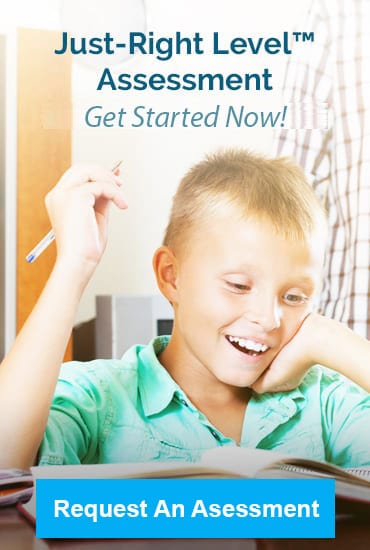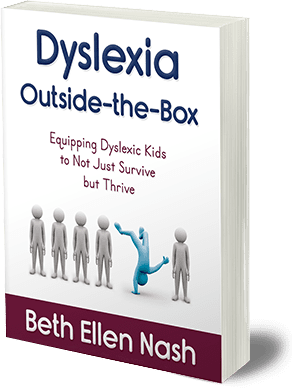What is the Orton-Gillingham Approach to Dyslexia Intervention?

If you are exploring dyslexia intervention options, you have likely heard of the Orton Gillingham approach. The core Orton-Gillingham principles are considered by many to be the gold standard in phonics-based dyslexia intervention. Many programs have been developed that use the core Orton-Gillingham approach. I’ll overview some of these programs after I introduce the principles.
Samuel Orton and Anna Gillingham did their research in the 1930s. Samuel Orton brought together that era’s neuroscience research and the scientific principles of remediation. Using these he formulated a set of teaching principles and practices for children struggling with what we now know as dyslexia. Scientist and psychologist Anna Gillingham worked with Dr. Orton at Columbia University, training teachers and publishing instructional materials on his method. Combining this with her own model of the structure of American language, she co-authored The Gillingham Manual: Remediation Training for Children with Specific Disabilities in Reading, Spelling, and Penmanship, first published in 1935. Today the eighth edition is still used as the basis for many courses training tutors in the Orton-Gillingham approach.
An Orton-Gillingham approach involves direct, systematic instruction in phonics. 80 to 90 percent of dyslexics have weakness in phonological processing. Orton-Gillingham-based interventions are explicit in teaching the sounds, rules, and principles of phonics. This Orton-Gillingham approach employs multisensory strategies for using as many neural pathways and making as many connections in the brain as possible.
The Basic Orton-Gillingham Session Format
The basics of an Orton-Gillingham session involve similar steps no matter which program you’re using:
- Phonogram reading: The tutor shows the student a card with a phonogram on it. A phonogram is a letter or group of letters representing a sound. The student is expected to pronounce all the sounds they currently know for that phonogram. (Some programs teach all the sounds that a phonogram makes at once. I shy away from these programs because I think they unnecessarily complicate things for students by having them learn much less frequently used patterns early on. I’ve spent over a decade researching word frequency myself. I prefer to focus first on the most commonly used patterns. They can learn all the rest of the phonemes, spelling patterns, and sounds that go with them gradually over time.)
- Phonogram spelling: After reviewing all the known sounds on each card, the tutor turns the cards around and pronounces a sound. The student must write all the ways they know to spell that sound.
- Read phonetic words: The student reads isolated words using a target phonetic pattern or patterns. Then they read some words that provide a mixed review of the target patterns recently studied.
- Spell phonetic words: The tutor says a phonetic word that the student has learned to read. The student repeats the word and pronounces each sound that comprises the word as they write it.
- Read controlled sentences: The student reads sentences that contain the target pattern and reviews previously learned words.
- Write sentences from dictation: The tutor dictates sentences with focused patterns for the student to sound out as they write.
- Read longer controlled passages: The student reads longer passages of controlled text that contain only the words and patterns that have already been studied.
Many dyslexic individuals can go a long way in their eye-reading skills with the direct, systematic, explicit, multisensory Orton-Gillingham instruction. This work should ideally take place five times per week to provide the necessary spaced repetitions that build the neural pathways in the brain. This kind of remediation takes time. Students should improve within 25 to 35 hours of deliberate and intentional work using almost any remediation approach.
See also Orton-Gillingham Dyslexia Tutoring and Online Options


